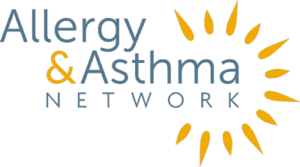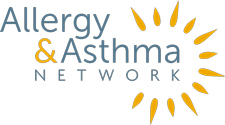
Free Webinar | May 2, 2024 | 12 PM ET
Approximately 20 million Americans have food allergies according to 2021 data from the CDC. Individualized management of food allergies is important because symptoms of food allergies can vary from person to person and reaction to reaction. In this webinar, learn about the current approaches of food allergy management.
Speaker:
- Aikaterini Anagnostou, MD (Hons) MSc PhD
Dr Anagnostou is Professor of Pediatrics at Texas Children’s Hospital and Baylor College of Medicine in Houston, Texas. She currently serves as Director of the Food Immunotherapy Program and Co-Director of the Food Allergy Program. She is also Lead for the Adolescent Transition Program for Allergy. Dr Anagnostou is passionate about investigating new and innovative therapies for food allergy. She is the PI for phase 3 trials of food allergy therapy and is also leading research projects on food allergy prevention, anaphylaxis, the microbiome and shared decision-making. She currently serves as the Chair of the Adverse Reactions to Foods Committee at the AAAAI and as the Vice Chair of the Food Allergy Committee at the ACAAI. She is also a member of the Practice, Diagnostics and Therapeutics Committee and the Anaphylaxis Committee at the AAAAI. Dr Anagnostou obtained her PhD from Cambridge University in the United Kingdom and her dissertation focused on two research trials of Peanut Oral Immunotherapy in children. Her research work was published in The Lancet and received international recognition.
This Advances webinar is in partnership with the American College of Allergy, Asthma & Immunology. ACAAI offers CMEs for physicians for this webinar. If you are a member of ACAAI, you can obtain CME through the member portal for Advances webinars.
All attendees will be offered a certificate of attendance. No other continuing education credit is provided.
If you are unable to attend, still register! We will send a link to you so you can view the on-demand recording.
Sponsored by the American College of Allergy, Asthma and Immunology


 810304 Eaton Place, Suite 100
810304 Eaton Place, Suite 100